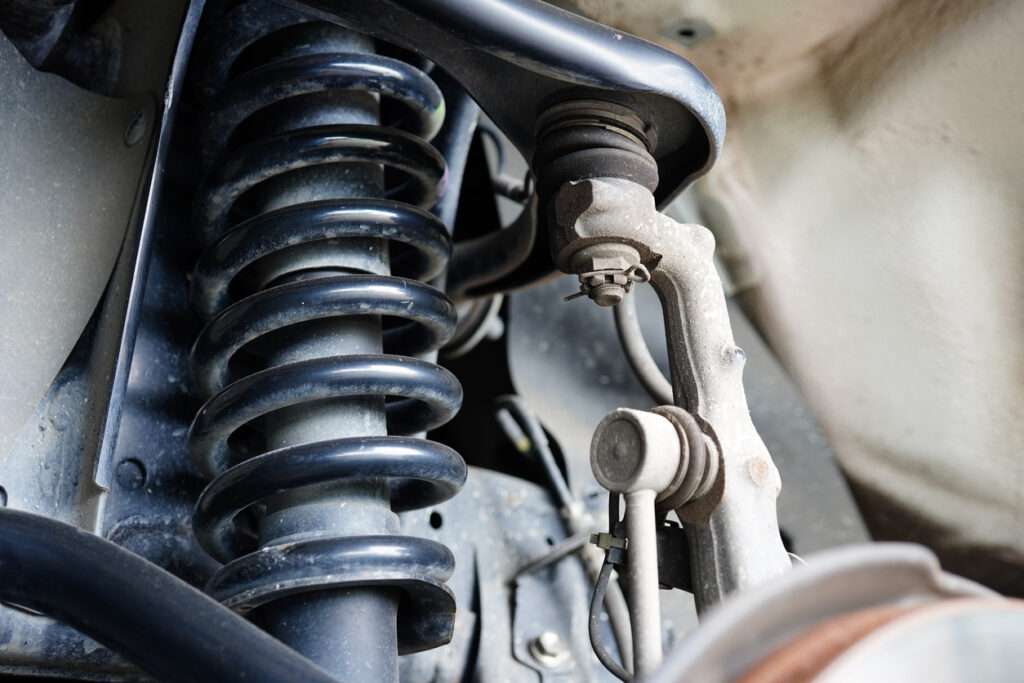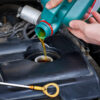How To Check & Maintain Suspension!
Your car suspension plays a crucial part in keeping you safe during a journey. Unfortunately, when you notice something isn’t quite right, it’s often difficult to know for sure what component of your car needs looking into.
Here, we’ll take you through some of the most common problems you can face with your suspension system, and the tell-tale signs.
Common Issues With Suspension Parts
Continued bouncing after hitting bumps
Car suspension is excellent at absorbing shock when you go over speed bumps or potholes, for instance. However, if you notice your vehicle continue to bounce once you’ve driven over them, this may be a sign that your shocks and struts aren’t working effectively. Instead, your vehicle should stop bouncing of its own accord and deal with road impacts.
Plus, you may also notice a slight dip when you brake. This isn’t considered safe, and so you may need to get this checked by a mechanic.
Drifting or pulling to one side
Drifting can happen as you’re driving around a corner, when you’ll notice a slight pull to the left or right. There may be a few reasons for this, including factors like underinflated tyres, unaligned wheels, or failed suspension parts.
That said, it’s most likely to be your suspension, especially if you feel this pulling phenomenon as you brake. The reason why this occurs is because over time your suspension will wear, and as a result, can change the position of your wheel – causing your vehicle to pull to one side.
Your car is uneven when parked
Another common issue is when your car is parked, and you notice one side of your car is sitting lower than the other. Subsequently, you may be experiencing problems with the shocks, springs, struts, or suspension. This problem shouldn’t be ignored, as these are crucial components of a vehicle, designed to keep you safe.
Difficulty steering
When your steering feels heavy, you may be experiencing a problem with your suspension or steering system. More specifically, this is caused by either a low level of power steering fluid or worn-out control arm brushings.
When Do I Need Replacement Suspension?
If you notice any of the issues above, like drifting to one side or difficulty steering, then you may need a replacement suspension. To be absolutely sure, take your vehicle to a trusted mechanic for an inspection, where they’ll be able to determine the exact nature of your problem.








